“TOMMY” O’TOOLE IN SING SING AGAIN? (1915)
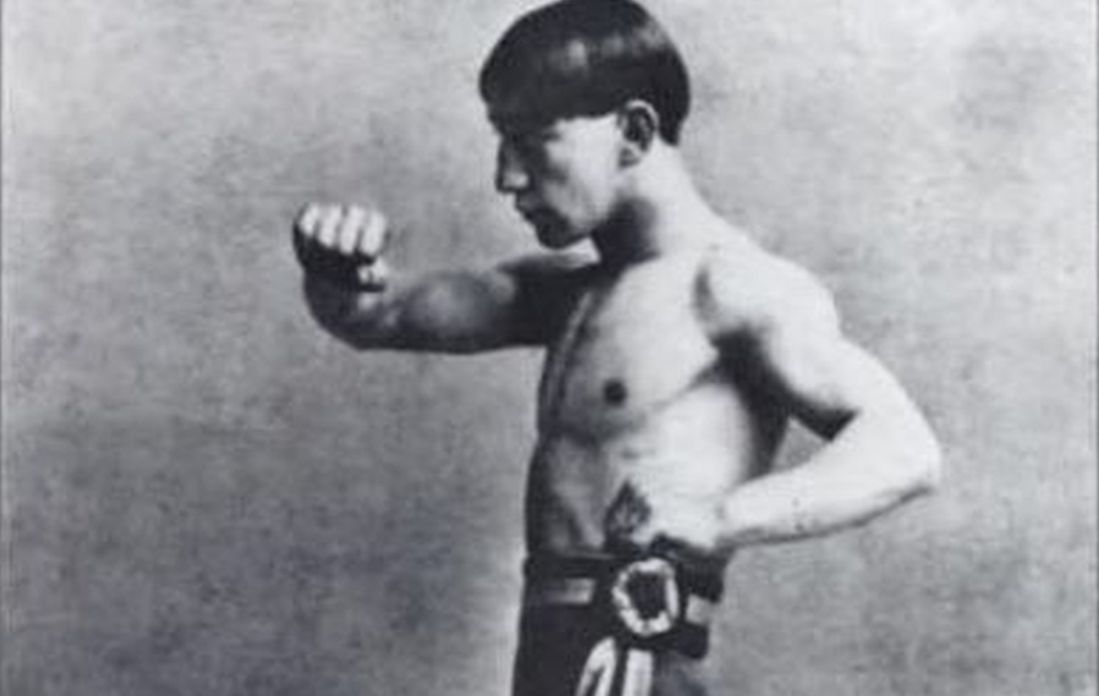
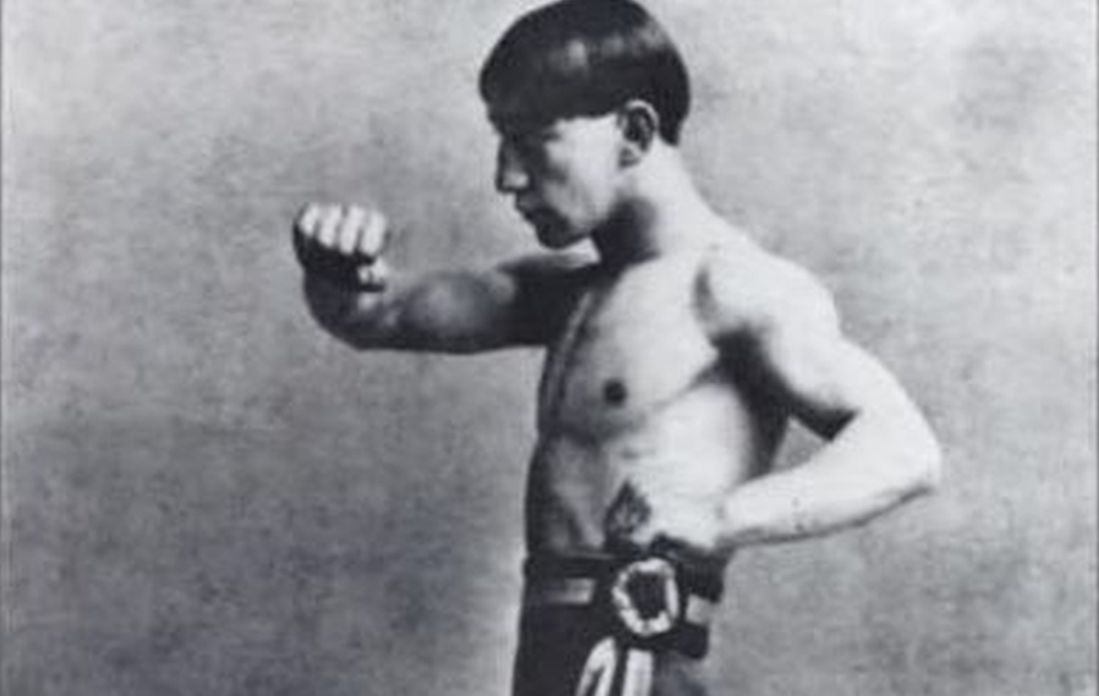 Burglaries took place with great regularity in Brooklyn 100 years ago.
Burglaries took place with great regularity in Brooklyn 100 years ago.
Skimming through Brooklyn Daily Eagle archives and reading newspapers from that period, I come across them all the time. They usually involve males, between the ages of a 16 and 24, just about all of whom have previous criminal records, and who end up getting sent “up the river” to Sing Sing.
Yesterday, while scanning the papers, a small story on a burglary that took place almost 100 years ago – to the day – caught my eye. Why? I cannot say. It was a rather pedestrian article, but it caused me to wonder at what happened to the subject, one William O’Toole.
Being in the detective business, there are always ways of finding out these things. Being a history detective, though, it gets a little tougher and requires some more than usual digging. But I was ready for digging yesterday, and so I decided to follow my leads.
THE STORY
The offense took place on 18 May 1915, at 864 Nostrand Avenue. O’Toole was the unlucky one to get caught as an accomplice got away. Hailing from Manhattan, according to the piece, he was young man of 22 years at the time, referred to in the article as an “Old Offender.”
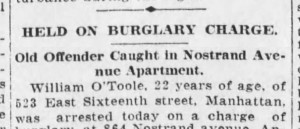
This time he was collared for stealing $46 out of a strong box belonging to “Miss Mary Maddren.”
Competing papers of the era had more info.
The Brooklyn Standard Union, on the same date, went a bit further with the story, noting that O’Toole, whom they said lived at “528 East Sixteenth street, Manhattan,” had “waived examination on a charge of burglary,” which sent him directly to sentencing.
He didn’t even want to fight this one.
TOMMY O’TOOLE, THE PUGILIST?
What caught my eye, though, was a sentence in the Standard Union article, which purported to have the scoop on O’Toole’s standing in the community. He was no ordinary two-bit burglar. He was the great prizefighter, “known in the the prize ring as “Tommy” O’Toole.”
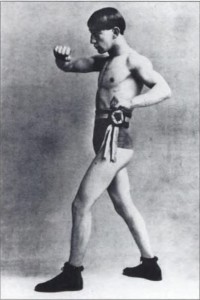
O’Toole, who fought from around 1905 to 1915, certainly fit the bill. He was a paperweight, a class of fighter that no longer exists (the classification became “flyweight.”), and was a category for those boys under 95 lbs.
What seemed interesting to me was why O’Toole would be stealing, and if it was him, how a few years in the slammer would affect his career.
A review of Tommy O’Toole’s fights, though, does show a break in his pugilistic career exactly at 1915. He was also the same build as our “Tommy,” a rather spare but tough and rather sinewy boy of the same height and weight.
Tommy O’Toole, though, had something that did not meld with our O’Toole. He was from Philadelphia. Not only that, but he rarely traveled out of the city for his matches. He apparently hated the road and filled his brief career mostly with local Philadelphia bouts. Even the majority of his big fights – Johnny Kilbane, Pal Moore, Ad Wolgast, Owen Moran, Kid Beebe, and one of his bouts with Abe Attell – took place in Philadelphia.
Could this be our man?
A further bit of information seemed to place the final nail in the coffin lid, so to speak. While he retired in 1915, at that date he had became a popular vaudeville dancer.
Finding this, I determined that unless our O’Toole was able to get of prison early (or his sentence had somehow been commuted), it is likely that the paper was wrong on this fact.
It wouldn’t be the first time.
GOING BEFORE THE MAYOR
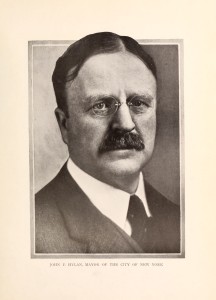
The Union followed up on O’Toole to determine his arraignment and sentencing. It noted that a judge by the name of Hylan, had heard the case and pronounced a sentence on O’Toole. Hylan, in a few short years, would become the Democratic mayor of New York City.
O’Toole thus, was sent to the notorious Sing Sing, not an unfamiliar place to him. According to the Union, he would spend “two years and six months” there on a charge of “attempted burglary, third degree.”
Searching the Ancestry.com archives and separating out criminal records, I immediately found O’Toole’s entry in the “receiving Blotter” at Sing Sing. It was an entire page of a record book showing their recording of his sentencing, in long-hand, a few weeks after O’Toole’s court date, on 7 June, and showed that he arrived at Sing Sing, on 17 June, to begin doing his time at the New York prison.
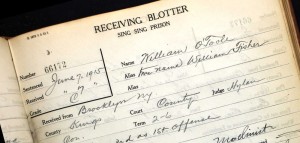
His alias was “William Fisher.” He was born in New York, was single, and was trained as a machinist. O’Toole stood 5′ 6 1/4″, weighed 132 lbs., had a Roman Catholic education.
Judge Hylan (the future mayor of NYC) tried him.
His habits were “moderate,” and he did not profess to do drugs, although he did use tobacco. He was listed as “Idle” – as he was not employed at the time of his offence.
His father and mother were alive at the time of his arrest and conviction, and he had been living in the Bronx, at 504 South 171st Street.
The blotter was signed by O’Toole at the bottom.
Would it be the last time we would ever hear from “O’Toole”?

———————————————————————————————————————–
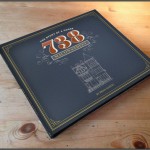 The story you just read was composed from historical research performed by The Brownstone Detectives. Allow us do an in-depth investigation of your house and its former owners and produce your very own House History Book. Your hardbound coffee table book will include an illustrated and colorful narrative timeline that will bring the history of your house to life. Contact us today.
The story you just read was composed from historical research performed by The Brownstone Detectives. Allow us do an in-depth investigation of your house and its former owners and produce your very own House History Book. Your hardbound coffee table book will include an illustrated and colorful narrative timeline that will bring the history of your house to life. Contact us today.